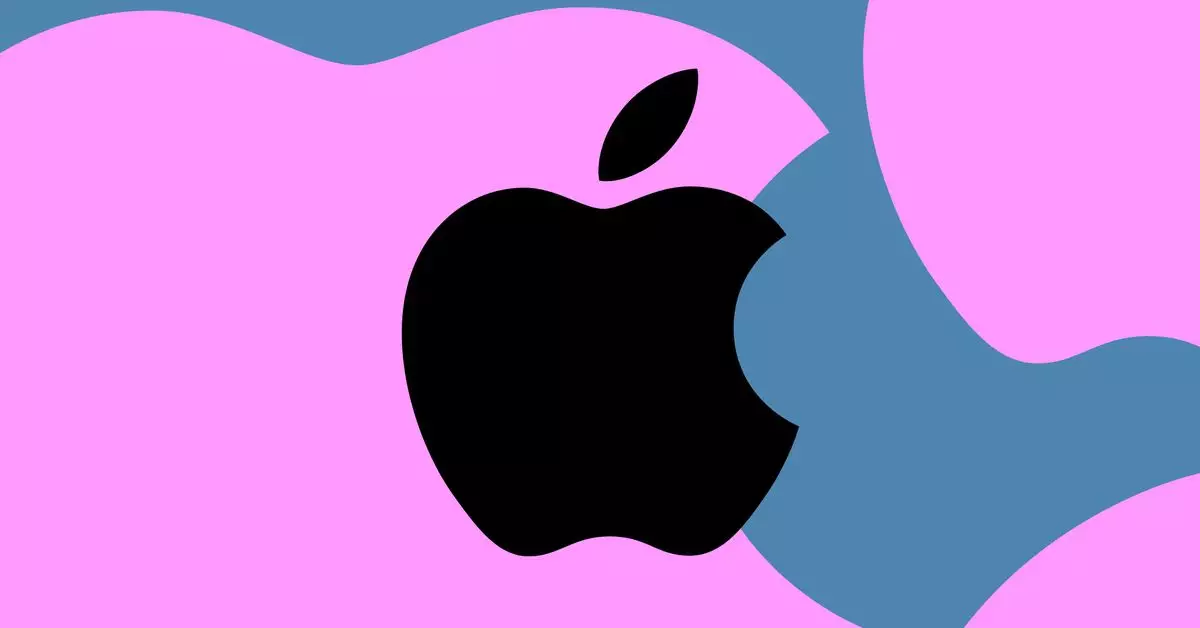Apple Inc. has embarked on a significant journey towards the development of its own wireless chip technology, a move that signals a pivotal shift in its approach to hardware design. For years, the tech giant has relied on external suppliers for crucial components such as Wi-Fi and Bluetooth chips, complicating its supply chain and increasing vulnerability to market fluctuations. However, emerging insights from analyst Ming-Chi Kuo suggest that Apple is poised to unveil its proprietary technology starting with the anticipated iPhone 17, expected in late 2024. This transition aims not only to streamline production but also to enhance the integration of hardware and software, aligning with Apple’s overarching strategy of controlling more aspects of its ecosystem.
Kuo’s forecasts imply that the iPhone 17 will both mark the debut of Apple-designed Wi-Fi and Bluetooth chips and serve as a vital benchmark for its future devices. This strategic pivot points to Apple’s long-standing ambition to reduce dependency on Qualcomm, a company with which it has an antagonistic relationship, especially regarding RF modems. Initially, the iPhone 15 was expected to launch with Apple’s new modem technology, yet the ambitious timeline proved unrealistic, postponing this milestone. As the iPhone SE 4 is set to launch in the spring of 2025 equipped with a custom 5G modem, it highlights Apple’s gradual, yet steady, march toward total autonomy in its mobile technology.
Transforming the SE Series: A Broader Vision
The budget-friendly iPhone SE series is anticipated to receive transformative upgrades beyond the introduction of the proprietary modem. Reports suggest that the fourth iteration will include an OLED display for the first time, enhanced biometric capabilities with Face ID, and seamless integration with Apple Intelligence. These improvements not only indicate a shift in technology but also a strategic positioning to make the SE series a more compelling option in an increasingly competitive budget smartphone market. However, industry observers are left wondering whether these enhancements will correlate with a significant price increase, which could affect its allure for cost-conscious consumers.
By pursuing in-house modems and Wi-Fi chips, Apple is betting on the potential to optimize performance and enhance user experience dramatically. Such developments would allow more efficient hardware-software interaction, potentially leading to improvements in speed, battery life, and overall functionality. Nevertheless, the complexity of modem design cannot be understated. Modems are notoriously challenging to engineer efficiently, and Apple’s journey could face hurdles along the way. As the tech world waits with bated breath, the stakes couldn’t be higher; Apple’s success could not only redefine its product line but also set new benchmarks for the entire telecom industry.
Apple’s strategic transition towards self-sustaining chip technology is a bold step into a new era. By revolutionizing its wireless capabilities, Apple is further solidifying its commitment to innovation and consumer autonomy, which has always been at the heart of its brand philosophy. As we await the next generation of Apple devices, the implications of these technological advancements will be keenly observed by fans and critics alike.


Leave a Reply